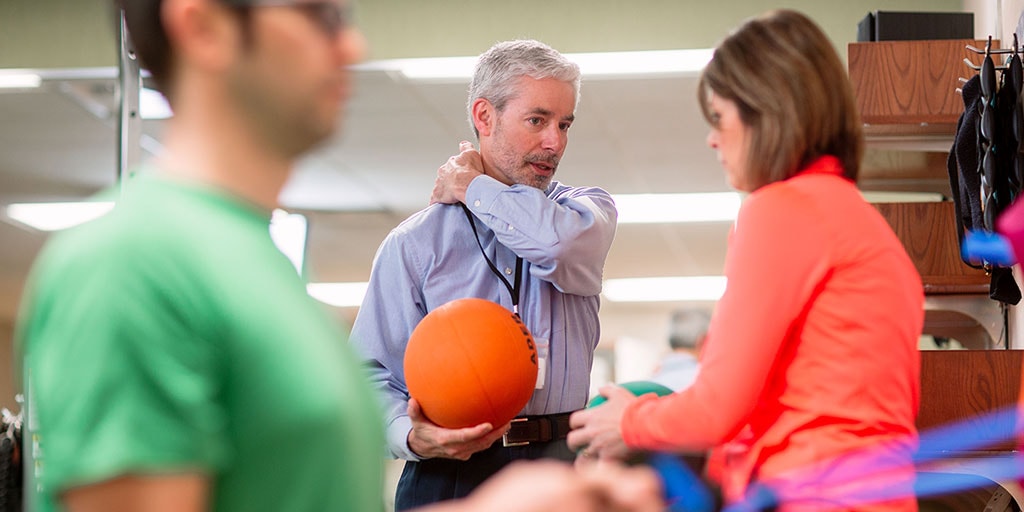Learn Common Athletic Ailments and Efficient Rehabilitation Plans aimed at Athletes
Wiki Article
Athletic injuries are common among athletes of all age groups and proficiency levels. These injuries can occur in various types, including sprains, strains, breaks, and tendonitis. Understanding the kinds of traumas that can happen during athletic events is crucial for both avoiding and care. Ligament injuries, for instance, entail the stretching or rupturing of ligaments, which connect bones at a articulation. Muscle injuries, on the contrary hand, affect muscles or tendon structures, which connect muscle tissues to skeletal structures. Identifying these injuries promptly can help sportspeople seek appropriate treatment and return to their activity more quickly.
One of the frequently frequently seen injuries in sports is the foot sprain. This trauma often occurs when an individual lands awkwardly or rotates their ankle during a match. Symptoms of an ankle ligament injury include pain, swelling, and trouble walking. Prompt treatment typically includes the R.I.C.E. method, which stands for Recovery, Cooling, Wrapping, and Elevation. This method aids minimize swelling and discomfort. In more serious cases, rehabilitative therapy may be necessary to regain strength and flexibility to the foot before returning to athletics.
Another common injury is a muscle injury, which can happen in all sport that demands sudden actions or heavy weight-bearing. Athletes may experience a muscular strain when they extend a muscle too far or when they apply too much effort. Symptoms include acute pain, inflammation, and muscle spasms. Rehabilitation for muscular strains often includes light flexibility exercises and strengthening workouts. Gradually raising activity levels is vital to avoid recurrence. Athletes should collaborate closely with a rehabilitative therapist to create a safe and effective recovery plan.
Tendon inflammation is another trauma that can affect athletes, particularly those who engage in frequent motions, such as runners or swimmers. This issue happens when a tendon, which links muscular tissue to skeletal structure, gets inflamed. Common locations involved by tendon inflammation include the arm, shoulder, and knee. Symptoms often include discomfort and rigidity, especially during activity. Treatment for tendon inflammation usually includes rest, ice, and anti-inflammatory drugs. In certain situations, physical therapy may be recommended to enhance mobility and power in the affected area.
Avoiding sports injuries is just as crucial as addressing them. Sportspeople can reduce their risk of injury by warming up properly before activities, using the appropriate gear, and maintaining good physical therapy for sports-related inflammation physical condition. Power conditioning and flexibility exercises can help ready the body for the demands of athletics. Additionally, athletes should pay attention to their physical condition and allow rest when needed. By understanding frequent athletic injuries and implementing effective recovery plans, athletes can remain healthy and participate in their beloved sports for years to follow.
